Healthy Weight Starts With Healthy Habits
A healthy weight is crucial for a cat’s overall well-being. Just like humans, maintaining a healthy weight can prevent a variety of health problems in cats, including:
- Joint issues: Excess weight puts extra strain on a cat’s joints, leading to pain and mobility problems like arthritis.
- Diabetes: Obesity is a major risk factor for feline diabetes, a chronic condition requiring lifelong medication.
- Heart disease: Carrying extra weight can increase the risk of heart disease in cats.
- Respiratory problems: Overweight cats can experience difficulty breathing, especially during exertion.
- Urinary tract problems: Excess weight can contribute to urinary tract issues like bladder stones.
The Importance of Healthy Habits:
Achieving and maintaining a healthy weight for your cat goes beyond simply monitoring their food intake. It’s about establishing healthy habits that promote an active lifestyle and optimal weight management. Here are some key areas to focus on:
- Diet: Provide your cat with a high-quality diet formulated for their age, activity level, and any specific health needs. Avoid overfeeding and opt for portion control.

- Exercise: Encourage regular physical activity. Cats are naturally playful creatures, so provide them with toys, climbing structures, and scratching posts to keep them engaged and moving. Interactive playtime sessions with you are also a great way to get your cat active.
- Regular Checkups: Schedule regular checkups with your veterinarian. They can monitor your cat’s weight, assess their overall health, and provide guidance on maintaining a healthy body condition.
Additional Tips:
- Beware of Treats: While treats can be a great way to bond with your cat, be mindful of portion sizes. Opt for healthy treats like freeze-dried meat or small pieces of cooked chicken.
- Monitor Activity Levels: Pay attention to any changes in your cat’s activity level. Reduced activity could indicate an underlying health issue that might be contributing to weight gain.
- Multi-Cat Households: If you have multiple cats, ensure each cat has access to their own food bowl. This helps prevent competitive eating and allows you to monitor individual food intake.
Healthy Weight Isn't Only Measured On a Scale
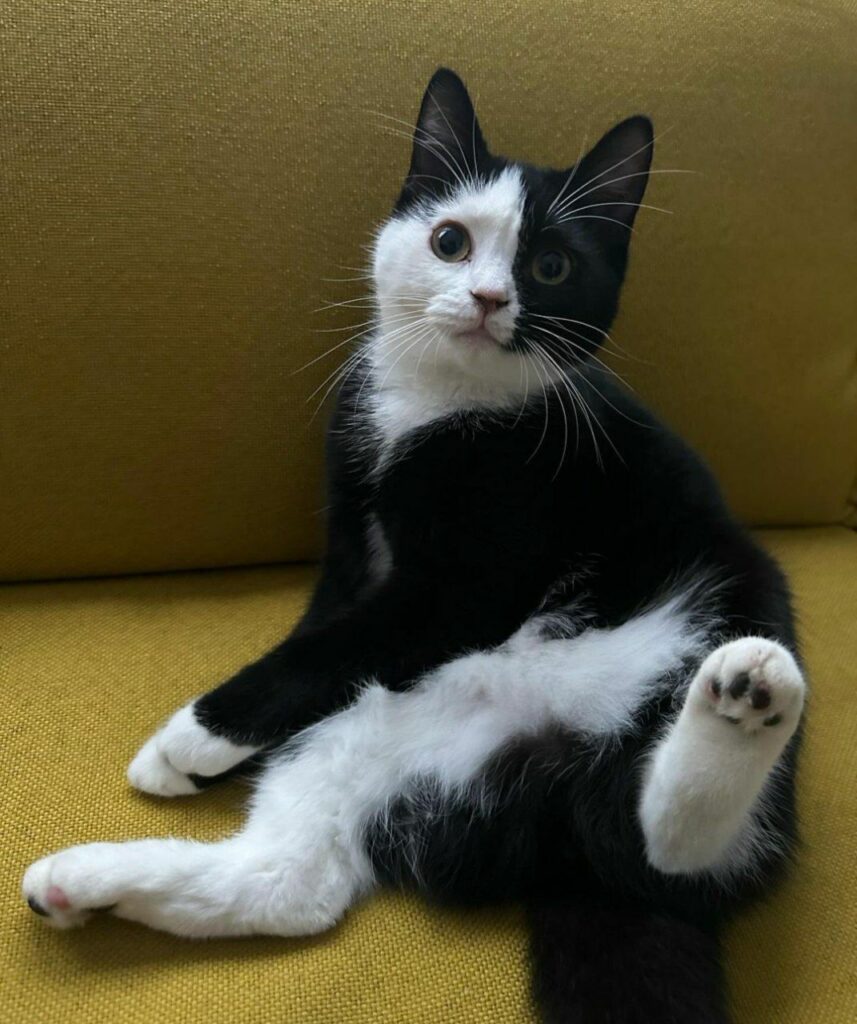
While a scale can be a helpful tool, it’s not the sole indicator of a healthy weight in cats. The Body Condition Score (BCS) system offers a more nuanced approach to assessing your cat’s weight and overall body composition.
Why Body Condition Score Matters:
- Beyond the Number: A cat’s weight on a scale doesn’t tell the whole story. Breed, frame size, and muscle mass can all influence weight. The BCS system takes these factors into account, providing a more accurate picture of your cat’s weight relative to their ideal body type.
- Visual Assessment: The BCS is based on a visual and tactile examination of your cat. By feeling specific areas of your cat’s body, you can assess the amount of fat covering and get a sense of their muscle tone.
Using the Body Condition Score:
There are typically 9 points on the BCS scale, ranging from 1 (emaciated) to 9 (obese). Here’s a simplified breakdown:
- Ideal Weight (BCS 5-6): When you feel your cat’s ribs, they should be easily detectable with a slight fat covering. The waist should be visible from above, and there should be a gentle abdominal tuck when viewed from the side.
- Underweight (BCS 1-3): The ribs will feel very prominent, with little to no fat covering. The waist will be severely pinched, and there may be no abdominal tuck.
- Overweight (BCS 7-9): It will be difficult to feel the ribs, and there will be a significant fat covering. The waist will be absent, and there may be a bulging pouch in the abdomen.
Consulting Your Veterinarian:
While the general guidelines are helpful, it’s crucial to consult your veterinarian for proper BCS assessment. They can guide you through the process of feeling the key areas on your cat’s body and interpret the findings based on your cat’s breed and individual characteristics.
Benefits of BCS:
- Early Detection: The BCS system can help detect potential weight issues early on, allowing for prompt intervention and dietary adjustments.
- Personalized Approach: Since the BCS considers individual factors, it provides a more personalized way to monitor your cat’s weight and overall health.
- Empowerment: Learning to use the BCS empowers you to take a more active role in your cat’s well-being.
Conclusion:
The Body Condition Score system, combined with regular veterinary checkups, is a valuable tool for ensuring your cat maintains a healthy weight. While a scale can offer a data point, the BCS provides a more comprehensive picture of your cat’s body composition and overall health. Remember, a healthy weight is an essential component of a happy and fulfilling life for your feline companion. Don’t hesitate to discuss the BCS with your veterinarian and learn how to use it effectively for your cat.
What Are The Signs My Cat Is Overweight?
Spotting the Signs: How to Tell if Your Cat is Overweight
Keeping your cat at a healthy weight is crucial for their long-term well-being. Unfortunately, feline weight gain can be sneaky, creeping up gradually and sometimes going unnoticed. Here’s a guide to help you identify the signs of an overweight cat and take steps towards a healthier future for your furry friend.

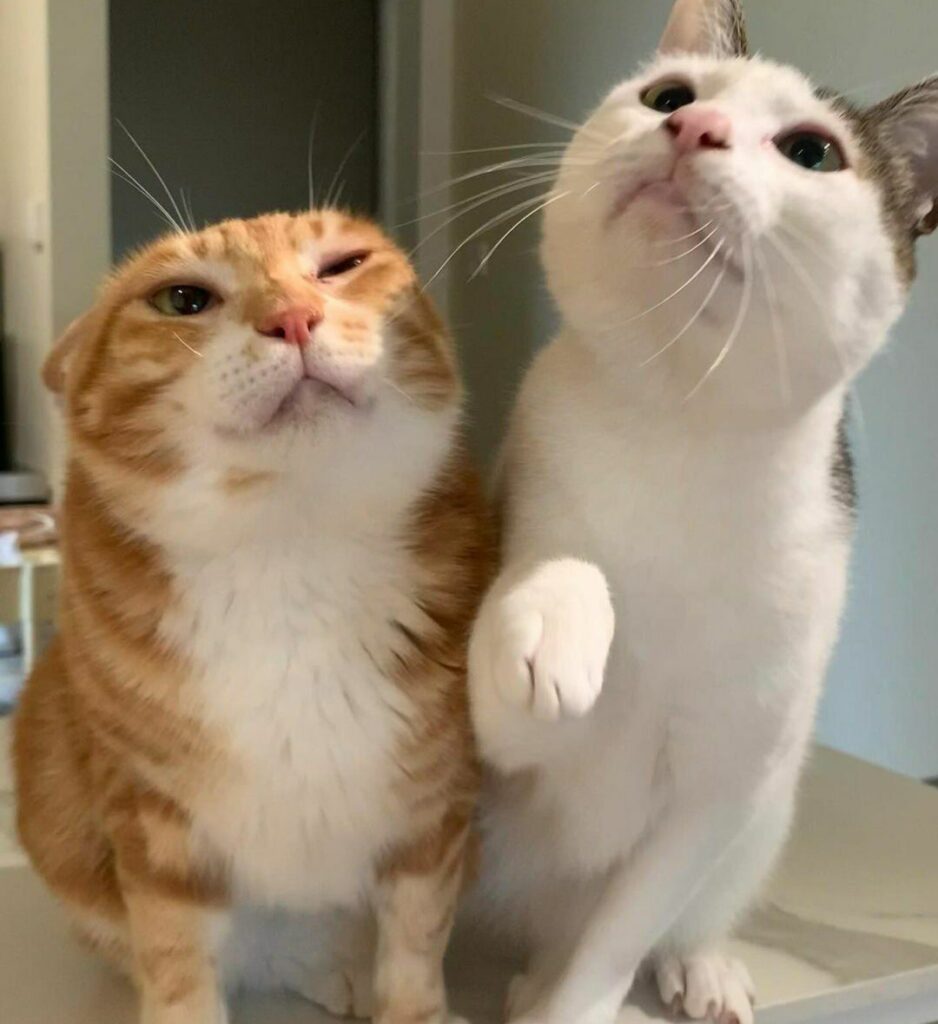
The 3-Step Look-Feel-Weigh Approach:
This simple approach combines visual observation, physical examination, and weight monitoring to give you a well-rounded picture of your cat’s body condition.
- Look: Observe your cat’s overall activity level. Are they less playful and energetic than usual? Do they tire easily during playtime? Reduced activity can be a sign of excess weight.
- Feel: Gently feel your cat’s sides and abdomen. Ideally, you should be able to feel their ribs with a slight fat covering. The waist should be visible from above, and there should be a gentle tuck-up in the abdomen when viewed from the side. If the ribs are difficult to feel, the waist is absent, or the abdomen bulges, these could be signs of excess weight.
- Weigh: Regularly weigh your cat and maintain a record for comparison. This allows you to monitor weight trends and identify any significant changes.
Consulting Your Veterinarian:
Schedule regular checkups with your veterinarian. They can assess your cat’s Body Condition Score (BCS), a more detailed system for evaluating weight relative to body type. The vet can also advise you on your cat’s ideal weight based on breed, age, and other factors.
The Dangers of Excess Weight:
Overweight cats are at an increased risk for developing various health problems, including:
- Diabetes: Excess weight is a major risk factor for feline diabetes, a chronic condition requiring lifelong medication.
- Cancer: Obesity is linked to an increased risk of certain types of cancer in cats.
- Osteoarthritis: Carrying extra weight puts strain on joints, accelerating the development of osteoarthritis, a degenerative joint disease.
- Cardiovascular disease: Overweight cats are more prone to heart disease.
- Urinary tract disease: Excess weight can contribute to urinary tract problems like bladder stones.
Early Detection is Key:
By monitoring your cat’s weight and body condition through the look-feel-weigh approach and regular veterinary checkups, you can detect potential weight issues early on. Early intervention through dietary adjustments and increased activity can help prevent the development of serious health complications and promote a longer, healthier life for your cat.
Weight Management for Kittens:
Just like adult cats, maintaining a healthy weight is important for kittens from the very beginning. Here are some tips for monitoring your kitten’s weight:
- Weigh Regularly: Weigh your kitten regularly, especially during their growth phase. A baby scale can be helpful for this purpose. If you don’t have a dedicated scale, weigh yourself holding the kitten and then subtract your weight to get the kitten’s weight.
- Feel for the Ribs: Similar to adult cats, you should be able to feel your kitten’s ribs with a gentle touch.
- Look for the Waistline: A defined waistline visible from above and a gentle abdominal tuck from the side are good indicators of a healthy weight.
Conclusion:
Being comfortable with checking your cat’s weight and body condition from a young age allows you to establish a baseline and detect any changes that might warrant professional attention. Remember, a healthy weight is a foundation for a happy and fulfilling life for your feline companion. By incorporating these tips into your routine, you can play a proactive role in maintaining your cat’s well-being for years to come.
How To Help Your Overweight Cat Lose Weight
Shedding the Pounds: A Guide to Weight Loss for Your Overweight Cat
Helping your overweight cat slim down is a fantastic decision. Not only will it improve their quality of life, but studies have shown that cats who maintain a healthy weight live longer and healthier lives. Let’s explore some effective strategies to help your feline friend shed those extra pounds.
Addressing the Calorie Equation:
Just like humans, cats gain weight when they consume more calories than they burn. Therefore, the first step towards weight loss involves addressing their diet.
- Consult Your Veterinarian: Schedule a visit with your veterinarian. They can recommend a weight-loss plan tailored to your cat’s specific needs and health status. They may suggest a special diet formulated for overweight cats to ensure they receive all the essential nutrients while reducing calorie intake.
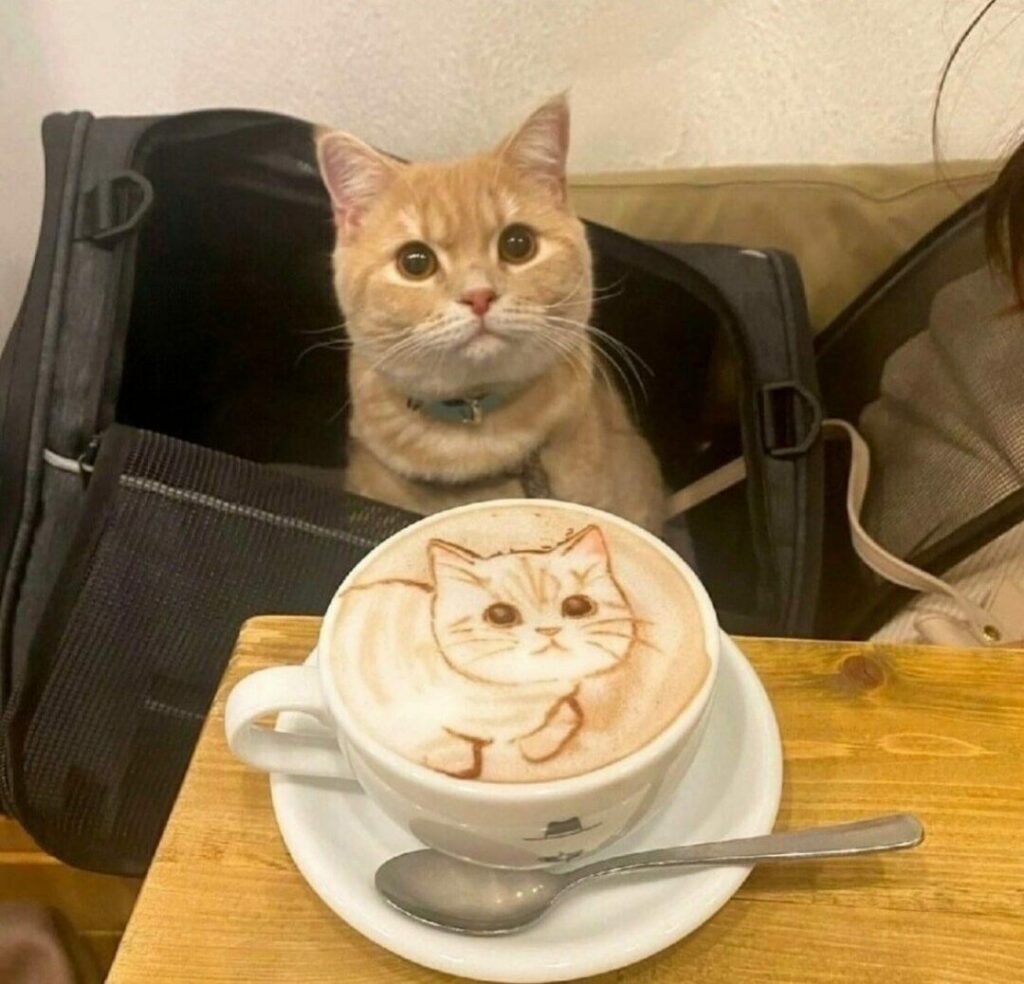
- Portion Control is Key: Even if you don’t switch to a specific weight-loss food, it’s crucial to monitor and potentially adjust your cat’s portion sizes. Stick to the recommendations on the food packaging or follow your veterinarian’s guidance for portion control.
- Solo Dining Experience: Cats are solitary eaters by nature. Eating in a shared space can lead to stress-induced overeating. Provide your cat with a designated feeding area away from other pets and distractions.
The Importance of Exercise:
Exercise plays a vital role in feline weight management. Here are some ways to encourage activity in your cat:
- Interactive Playtime: Dedicate time each day for interactive play sessions with your cat. Use toys like feather wands, catnip-filled mice, or laser pointers to entice them to move and swat. Aim for short, frequent bursts of activity throughout the day to keep them engaged.
- Enrichment Through Play: Provide your cat with a variety of climbing structures, scratching posts, and puzzle feeders to encourage exploration and physical activity.
- Consider a Catio: If you have the space, a secure outdoor enclosure (catio) allows your cat to experience the outdoors safely while getting some exercise.
Additional Tips for Success:
- Monitor Progress: Regularly weigh your cat at home or during vet visits to track their weight loss progress.
- Be Patient: Weight loss takes time and dedication. Celebrate small victories and remain patient throughout the process.
- Positive Reinforcement: Reward your cat’s progress with positive reinforcement, such as praise, petting, or a healthy treat.
- Address Underlying Issues: Sometimes, weight gain can be a symptom of an underlying health condition. Consult your veterinarian to rule out any medical causes.
Conclusion:
Helping your overweight cat lose weight requires a multi-pronged approach. By addressing their diet, providing opportunities for exercise, and maintaining a patient and positive attitude, you can empower your feline friend to achieve a healthier weight and live a longer, happier life. Remember, your veterinarian is a valuable resource throughout this journey. Don’t hesitate to seek their guidance and expertise to ensure your cat’s weight-loss journey is safe and effective.
Speak To Your Veterinarian
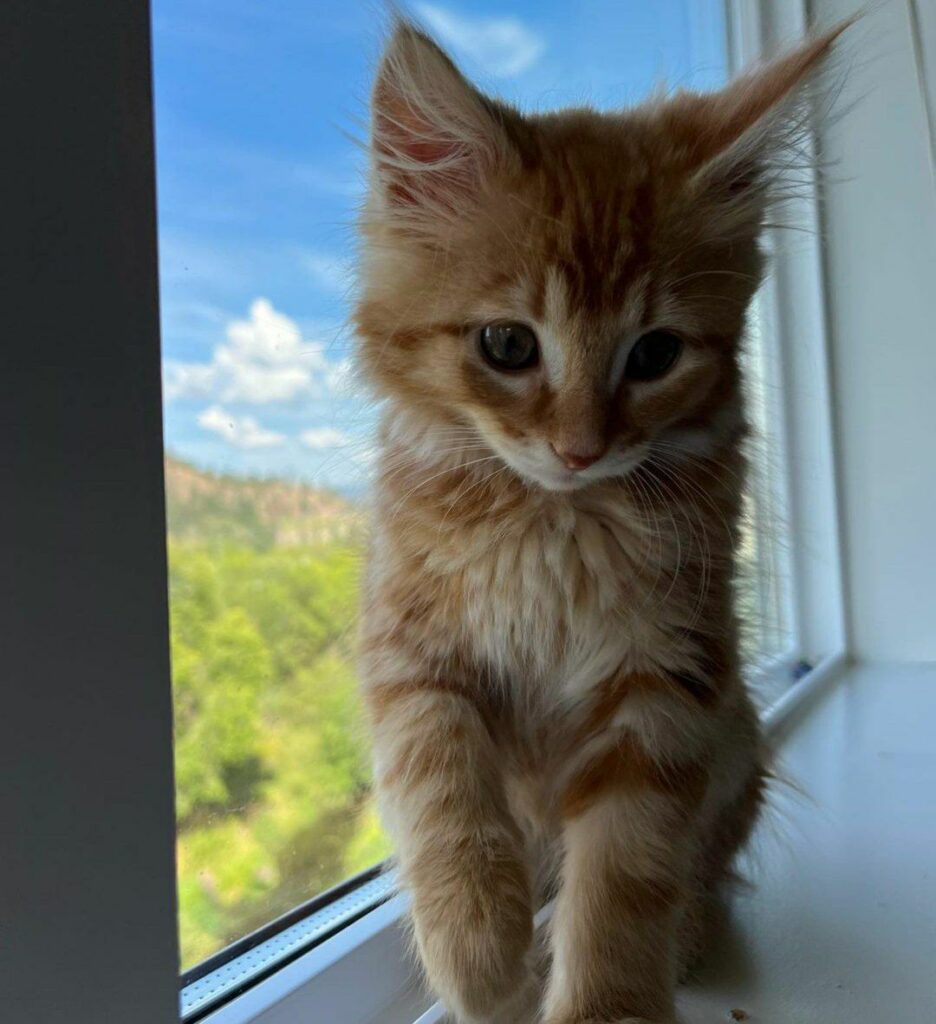
Consulting your veterinarian is crucial throughout the process of helping your cat lose weight. Here’s why:
- Diagnosis and Underlying Conditions: A veterinarian can confirm whether your cat is truly overweight or if there might be an underlying medical condition contributing to weight gain. Conditions like thyroid problems or diabetes can sometimes lead to weight gain in cats. Early diagnosis and treatment of these conditions are essential for your cat’s overall health.
- Personalized Weight Loss Plan: No two cats are the same, and a one-size-fits-all approach to weight loss doesn’t work. Your veterinarian can consider your cat’s breed, age, activity level, and any existing health concerns when crafting a personalized weight-loss plan. This plan might include recommendations for a specific diet, portion control strategies, and appropriate exercise regimens.
- Dietary Guidance: Veterinarians have extensive knowledge of feline nutrition. They can advise you on choosing the right weight-loss food for your cat, ensuring it provides all the necessary nutrients while promoting weight management.
- Monitoring Progress: Regular veterinary checkups are essential for monitoring your cat’s weight loss progress. Your veterinarian can track their weight, assess their overall health, and make adjustments to the plan as needed.
- Addressing Potential Issues: As your cat progresses on their weight-loss journey, your veterinarian can address any potential issues that might arise. This could include monitoring for nutritional deficiencies, ensuring your cat is adjusting well to the new diet and activity level, and providing guidance on overcoming any challenges you might encounter.
Remember:
Your veterinarian is your partner in ensuring your cat’s health and well-being. Don’t hesitate to discuss your concerns about your cat’s weight and seek their expert advice. By working together, you can create a safe and effective weight-loss plan that helps your feline friend achieve a healthier weight and live a happier life.
Healthy Activity Requires Play
Playtime is a fundamental element of keeping your cat healthy and happy. It provides essential physical and mental stimulation, encouraging them to move, engage their natural hunting instincts, and burn off excess energy.
The Benefits of Playtime:
- Weight Management: Regular playtime helps cats burn calories, which is crucial for maintaining a healthy weight and preventing obesity.
- Physical Fitness: Engaging in playful activities strengthens muscles, improves coordination, and keeps your cat limber.
- Mental Stimulation: Interactive play sessions challenge your cat’s mind, preventing boredom and frustration that can sometimes lead to destructive behaviors.
- Bonding Time: Playtime provides a fantastic opportunity to bond with your feline friend. The positive reinforcement and interaction strengthen your relationship and build trust.
- Stress Relief: Play is a natural stress reliever for cats. Engaging in activities they enjoy helps them release pent-up energy and reduces anxiety.
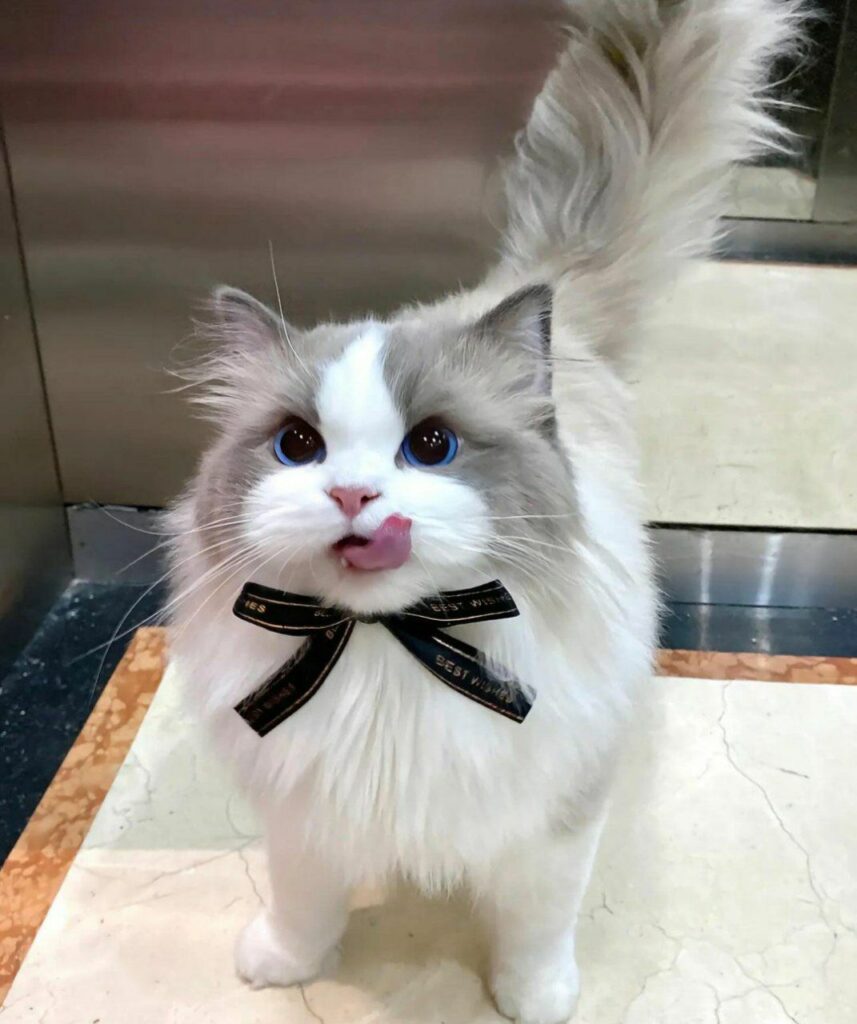

Tailoring Playtime to Your Cat:
The amount and type of play will vary depending on your cat’s individual needs and preferences. Here are some factors to consider:
- Age: Kittens naturally have boundless energy and require frequent playtime sessions. As cats mature, their activity level might decrease, but playtime remains important. Senior cats might enjoy shorter, less strenuous play sessions.
- Weight: For overweight cats, incorporate activities that encourage movement without being too strenuous. Wand toys or puzzle feeders can be good options.
- Breed: Some breeds, like Siamese or Bengals, are known for their high energy levels and require more active playtime. Other breeds might be more content with calmer games.
- Personality: Pay attention to your cat’s preferences. Some cats adore chasing laser pointers, while others prefer quieter games like batting at dangling toys.
Playtime Ideas:
Here are some ideas to get your creative playtime juices flowing:
- Feather Wands: These classic toys mimic prey and tap into your cat’s natural hunting instincts.
- Catnip-Filled Toys: Catnip is a natural attractant for many cats. Stuff toys with catnip to pique their interest and encourage batting and kicking.
- Laser Pointers: Laser pointers provide endless entertainment for some cats. Be sure to redirect the laser pointer to a physical object for them to “catch” occasionally to avoid frustration.
- Crinkle Balls and Catnip Mice: These small, lightweight toys are perfect for batting and pouncing.
- Climbing Structures: Provide vertical spaces for your cat to climb, perch, and explore. This not only encourages exercise but also satisfies their natural desire to be up high.
- Puzzle Feeders: These food dispensing toys challenge your cat’s problem-solving skills and provide mental stimulation while they work for their kibble.
Conclusion:
Playtime is a crucial component of keeping your cat healthy and happy. By understanding their individual needs and preferences, you can create a fun and engaging playtime routine that benefits both your cat’s physical and mental well-being. Remember, a little creativity and dedication can go a long way in keeping your feline friend active, stimulated, and at a healthy weight.
How Much Exercise Does My Cat Need?
Unleashing the Inner Athlete: How Much Exercise Does Your Cat Need?
While cats may not be known for taking long walks or jogs like their canine counterparts, they still require regular exercise for optimal physical and mental well-being. Let’s delve into the world of feline fitness and explore how much exercise your cat truly needs.
Natural-Born Explorers:
Outdoor cats are naturally active creatures, roaming their territory, hunting, and climbing for several hours a day. This inherent drive to explore and be active translates to indoor cats as well.
The Importance of Playtime:
Indoor cats need dedicated playtime sessions to mimic the physical and mental stimulation they would receive outdoors. Regular play sessions not only help them burn off energy but also:
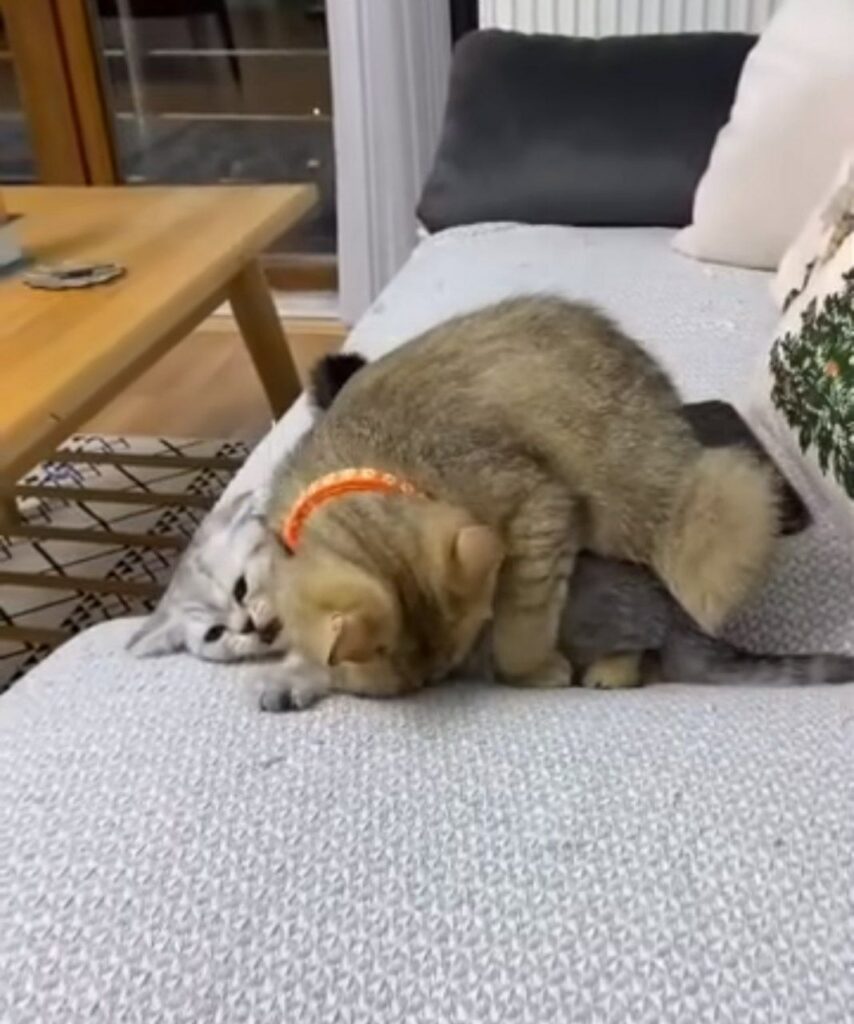
- Promote Weight Management: Exercise helps cats burn calories, preventing obesity and its associated health problems.
- Maintain Physical Fitness: Playtime strengthens muscles, improves coordination, and keeps your cat limber.
- Provide Mental Stimulation: Interactive games challenge your cat’s mind, preventing boredom and frustration.
- Strengthen Your Bond: Playtime is a fantastic opportunity to connect with your feline friend and build a stronger relationship.
- Reduce Stress: Engaging activities help release pent-up energy and alleviate anxiety.
Tailoring Exercise to Your Cat:
The amount and type of exercise your cat needs depends on several factors:
- Age: Kittens have boundless energy and require frequent, short play sessions throughout the day. Senior cats might prefer shorter, less strenuous games.
- Weight: For overweight cats, incorporate activities that encourage movement without being too demanding. Wand toys or puzzle feeders can be effective tools.
- Breed: Some breeds, like Siamese or Bengals, are known for their high energy levels and require more active playtime. Other breeds might be more content with calmer games.
- Personality: Pay attention to your cat’s preferences. Some cats adore chasing laser pointers, while others prefer quieter games like batting at dangling toys.
Making Playtime Fun:
Here are some ideas to create engaging playtime experiences for your cat:
- Interactive Toys: Feather wands, catnip-filled mice, and laser pointers are all popular choices.
- Climbing Structures: Provide vertical space for your cat to climb, perch, and explore. This satisfies their natural desire to be up high.
- Puzzle Feeders: These mentally stimulating toys challenge your cat’s problem-solving skills as they work to retrieve their food.
- Homemade Fun: Simple items like crumpled paper balls or cardboard boxes can spark your cat’s interest and encourage playful exploration.
Frequency of Playtime:
While the specific duration might vary, aim for multiple short play sessions each day. This keeps your cat engaged, prevents boredom, and distributes exercise throughout the day.
Enrichment Beyond Playtime:
- Cat Trees: Invest in a cat tree that provides climbing opportunities, scratching posts, and perches for observation.
- Rotate Toys: Regularly rotate your cat’s toys to maintain their interest and keep playtime exciting.
- Window Perches: Offer window perches that allow your cat to watch birds and outdoor activity, providing mental stimulation.
Creating a Stimulating Environment:
An enriched environment plays a crucial role in encouraging your cat to be active. By providing opportunities for exploration, climbing, and play, you help prevent boredom and promote a healthy lifestyle for your feline friend.
Conclusion:
Exercise is an essential component of a happy and healthy cat. By understanding your cat’s individual needs and preferences, creating a stimulating environment, and incorporating regular playtime sessions, you can help your cat unleash their inner athlete and live a fulfilling life. Remember, a little creativity and dedication go a long way in keeping your feline companion active, engaged, and thriving.
Indoor vs Outdoor Cats—How Might This Impact Activity?

The living environment, indoor or outdoor, significantly impacts a cat’s activity level and exercise needs. Let’s explore how to ensure your feline friend gets enough exercise regardless of their living situation.
The Great Outdoors: A Natural Playground
Outdoor cats have the advantage of a vast, stimulating environment. They can roam freely, exploring their territory, engaging in natural behaviors like climbing trees, stalking prey (real or imagined), and expending energy through running and jumping. This inherent activity helps them maintain a healthy weight and provides essential mental stimulation.
Indoor Adventures: Keeping Active Indoors
While outdoor access offers natural exercise opportunities, indoor cats can still thrive with dedicated effort. Here’s how to create an active lifestyle for your indoor feline companion:
- Structured Playtime: Schedule regular play sessions throughout the day. Use interactive toys like feather wands, catnip-filled mice, or laser pointers to mimic hunting and encourage movement. Aim for short, frequent bursts of activity to keep your cat engaged.
- Vertical Territory: Provide climbing structures like cat trees that allow your cat to climb, perch, and survey their surroundings. This satisfies their natural instincts and provides much-needed exercise.
- Environmental Enrichment: Rotate toys regularly to maintain your cat’s interest. Cardboard boxes, crumpled paper balls, and puzzle feeders can also be stimulating and encourage exploration.
- Scratching Posts: Offer scratching posts to fulfill their scratching needs and redirect scratching behavior away from furniture. Scratching is a natural behavior that also helps them stretch and exercise their muscles.
- Window Perches: Install window perches that allow your cat to observe outdoor activity. Birdwatching provides mental stimulation and entertainment.
The Importance of Mental Stimulation
Regardless of whether your cat is indoors or outdoors, mental stimulation is vital for their well-being. Interactive play sessions, puzzle feeders, and rotating toys all help prevent boredom and frustration, which can sometimes lead to destructive behaviors.
Conclusion:
Whether your cat enjoys the freedom of the outdoors or thrives in a well-enriched indoor environment, providing opportunities for exercise and mental stimulation is crucial. By understanding the differences in activity levels between indoor and outdoor cats, you can create a plan that keeps your feline friend active, healthy, and happy. Remember, a little creativity and dedication go a long way in ensuring your cat lives a fulfilling life, regardless of their living situation.
Activities For Indoor Cats
Keeping Indoor Cats Entertained: A Fun-Filled Guide to Feline Activities
Indoor cats may be our cuddly companions, but their wild instincts still crave stimulation! While they spend a good portion of their day napping, dedicated playtime and enriching activities are essential for their physical and mental well-being. Let’s delve into some engaging ways to keep your indoor feline friend happy and healthy.
The Power of Play:
Play sessions are a cornerstone of keeping indoor cats active. Here are some ideas to get the playful paws moving:
- Toy Box Treasures: Provide a variety of toys like feather wands, catnip-filled mice, and crinkle balls. Rotate them regularly to keep things interesting and prevent boredom.
- Interactive Fun: Engage your cat with interactive toys like laser pointers. Remember to redirect the laser pointer to a physical object for them to “catch” occasionally to avoid frustration.
- Hunting Games: Hide treats or catnip toys around the house and encourage your cat to sniff them out. This mimics natural hunting behaviors and provides mental stimulation.
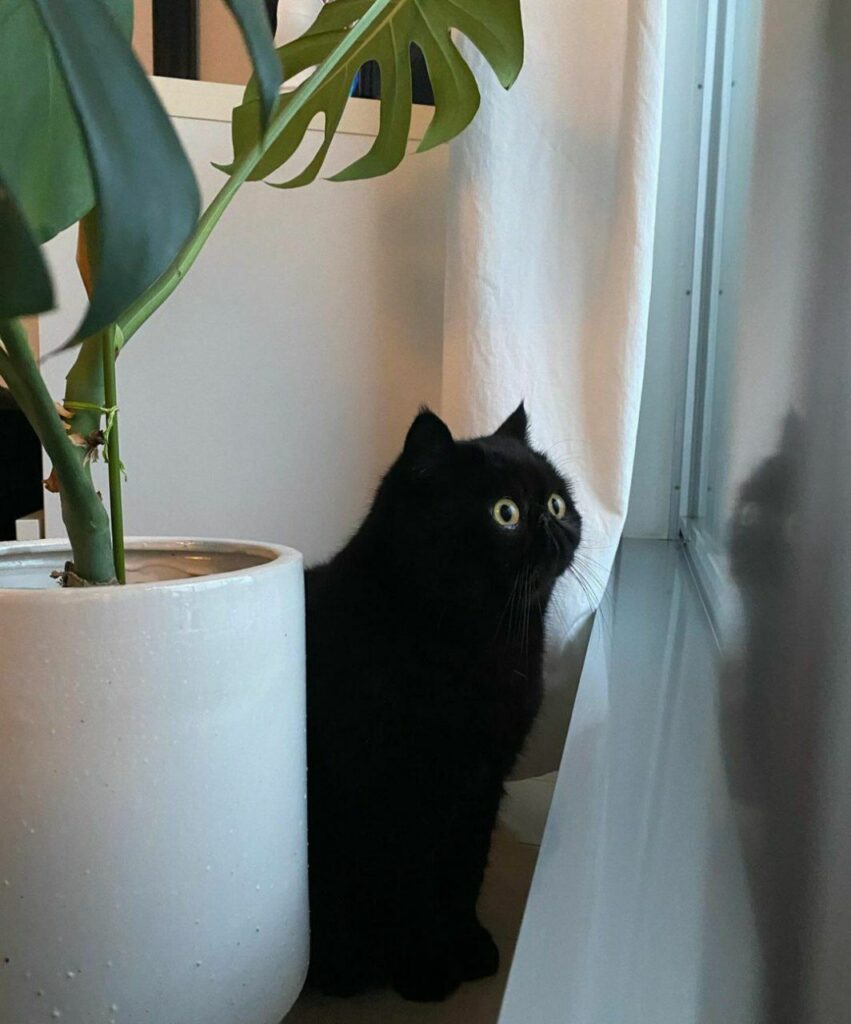
Beyond Toys: Environmental Enrichment
Toys are fantastic, but a stimulating environment goes a long way in keeping indoor cats active:
- Vertical Adventures: Provide a sturdy cat tree that allows your cat to climb, perch, and survey their surroundings. This satisfies their natural instinct to be up high and offers exercise opportunities.
- Puzzle Feeders: These food-dispensing toys challenge your cat’s problem-solving skills and provide mental stimulation as they work to retrieve their kibble.
- Window Perches: Install window perches that allow your cat to observe birds and outdoor activity. Birdwatching is a great source of entertainment and mental stimulation.
- Scratching Posts: Offer scratching posts to fulfill their scratching needs and redirect scratching behavior away from furniture. Scratching is a natural behavior that also helps them stretch and exercise their muscles.
Brain Games for Bored Felines:
Mental stimulation is just as important as physical activity. Here are some ways to keep your cat’s mind sharp:
- Hidden Treats: Hide treats or catnip toys around the house and encourage your cat to use their sense of smell to find them.
- Puzzle Toys: Invest in puzzle toys that require your cat to manipulate levers or swat at panels to access treats or kibble.
- Interactive Apps: Some tablet apps are designed to engage cats with moving objects or games. Supervise your cat while they use these apps.
Building the Bond Through Play:
Play sessions are not just about exercise; they’re a fantastic way to bond with your cat. The positive reinforcement and interaction strengthen your relationship and build trust.
Conclusion:
By incorporating these activities into your routine, you can create a fun and enriching environment for your indoor cat. Remember, a little creativity and dedication go a long way in keeping your feline friend happy, healthy, and entertained, even without the vast playground of the outdoors.
Speak To Your Veterinarian
Consulting your veterinarian is crucial throughout the process of helping your indoor cat stay active and maintain a healthy weight. Here’s why:
- Personalized Exercise Plan: Every cat is unique. A veterinarian can consider your cat’s breed, age, weight, and overall health to create a personalized exercise plan that incorporates activities appropriate for their fitness level and any potential limitations.
- Identifying Underlying Conditions: Sometimes, a lack of interest in activity can be a symptom of an underlying medical condition. Your veterinarian can rule out any health issues that might be contributing to your cat’s inactivity.
- Safe Exercise Guidelines: Especially for overweight or senior cats, it’s important to ensure their exercise routine is safe and doesn’t cause strain or injuries. Your veterinarian can provide guidance on appropriate activity levels and modifications if necessary.
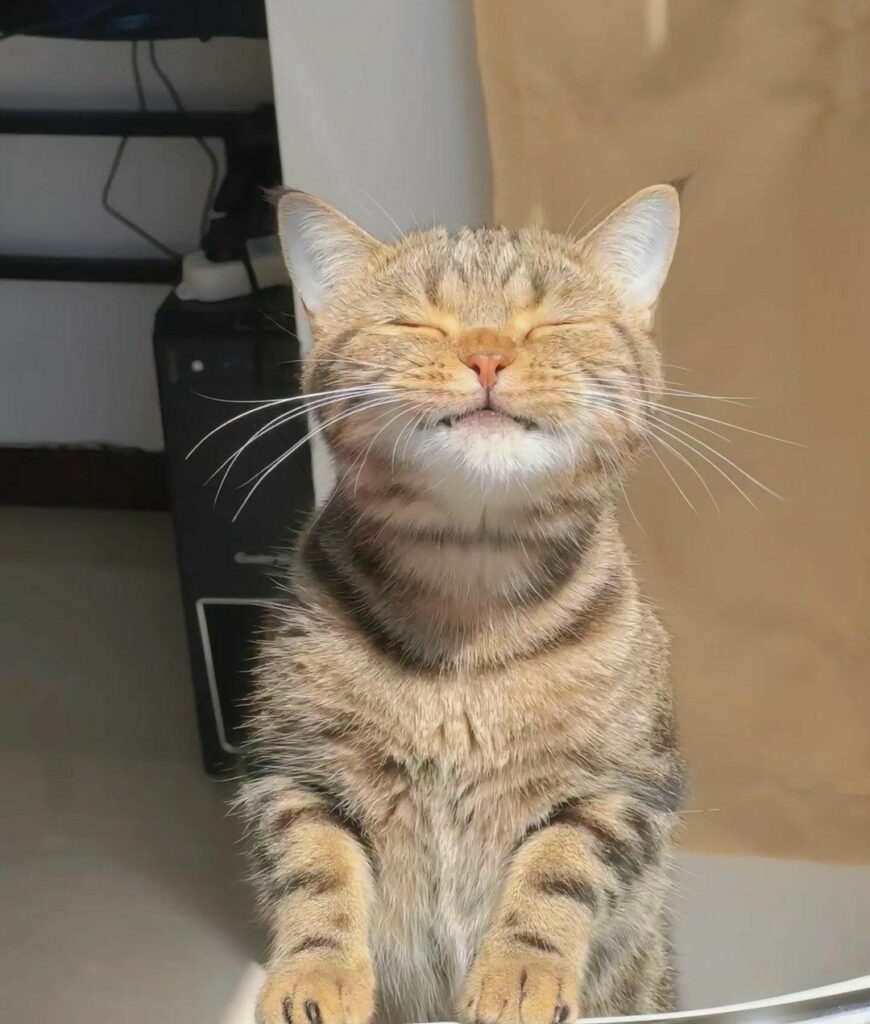

- Monitoring Progress: Regular veterinary checkups allow your veterinarian to monitor your cat’s weight and overall health. They can assess the effectiveness of the exercise plan and make adjustments as needed.
- Addressing Challenges: As you implement changes to encourage your cat to be more active, you might encounter challenges. Your veterinarian can offer advice on overcoming these hurdles and keeping your cat engaged.
Remember:
Your veterinarian is a valuable partner in ensuring your cat’s health and well-being. Don’t hesitate to discuss your concerns about your cat’s activity level or weight. By working together, you can create a safe and effective plan that helps your feline friend stay active, healthy, and happy.
Healthy Portions Are Smaller Than You Think
Overfeeding is a common issue among cats, and portion control is essential for maintaining a healthy weight. Here’s why healthy portions are often smaller than we expect:
- Cats are Natural Nibblers: Unlike dogs who tend to devour their entire meal at once, cats are natural grazers. They prefer to eat small amounts throughout the day.
- High-Calorie Content: Modern cat food is formulated to be nutritionally complete in a smaller volume compared to homemade meals or less-concentrated kibble. This means a smaller portion packs a bigger nutritional punch.
- Activity Levels Vary: A highly active Siamese cat will have different calorie requirements than a more laid-back Persian. Considering your cat’s activity level helps determine the appropriate portion size.
How Much is Too Much?
Unfortunately, there’s no one-size-fits-all answer to how much food your cat needs. Several factors come into play:
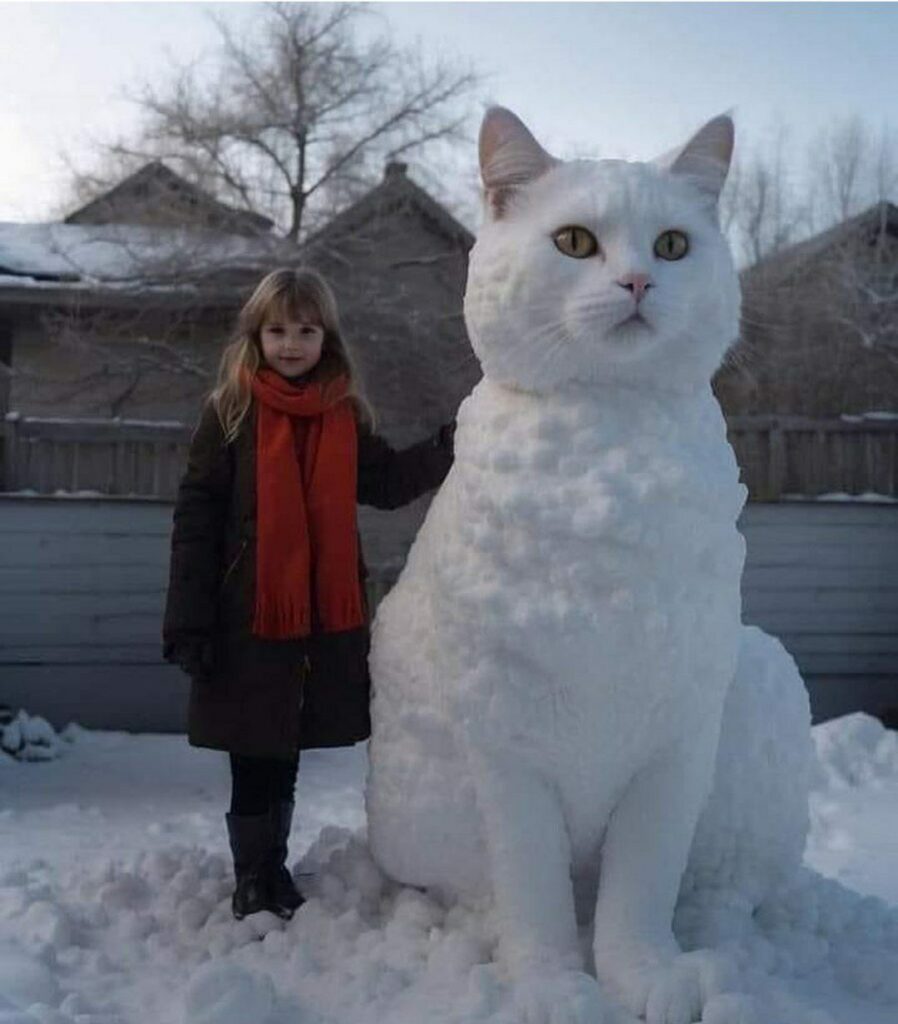
- Age: Kittens are growing bundles of energy and require more food per pound of body weight compared to adult cats. Senior cats might need slightly smaller portions due to decreased activity levels.
- Breed: Larger breeds like Maine Coons will naturally need more food than petite breeds like Singapura cats.
- Weight: If your cat is overweight, reducing their portion size is crucial for weight management.
- Activity Level: Highly active cats can burn more calories and might require slightly larger portions.
Finding the Right Balance:
Here are some tips to determine the right portion size for your cat:
- Follow Feeding Guidelines: Start by following the feeding recommendations on your cat food packaging. These guidelines are based on age and weight.
- Consult Your Veterinarian: Discuss your cat’s specific needs with your veterinarian. They can consider all factors and recommend a personalized feeding plan.
- Monitor Body Condition: Regularly feel your cat’s ribs. You should be able to feel them with a slight fat covering. If the ribs are difficult to feel, it might be a sign of overfeeding.
- Weight Monitoring: Track your cat’s weight regularly. If they’re gaining weight, adjust portion sizes accordingly.
Alternatives to Free-Feeding:
- Scheduled Meals: Divide the daily recommended food intake into two or three meals throughout the day. This helps regulate their eating habits and prevents overconsumption.
- Puzzle Feeders: These food-dispensing toys slow down eating times, making your cat work for their kibble. This can help with portion control and mental stimulation.
Conclusion:
By understanding your cat’s individual needs and practicing healthy portion control, you can prevent overfeeding and promote a healthy weight for your feline friend. Remember, consulting your veterinarian is crucial for creating a personalized feeding plan that keeps your cat happy and healthy.
What Is The Correct Portion Size For My Cat?
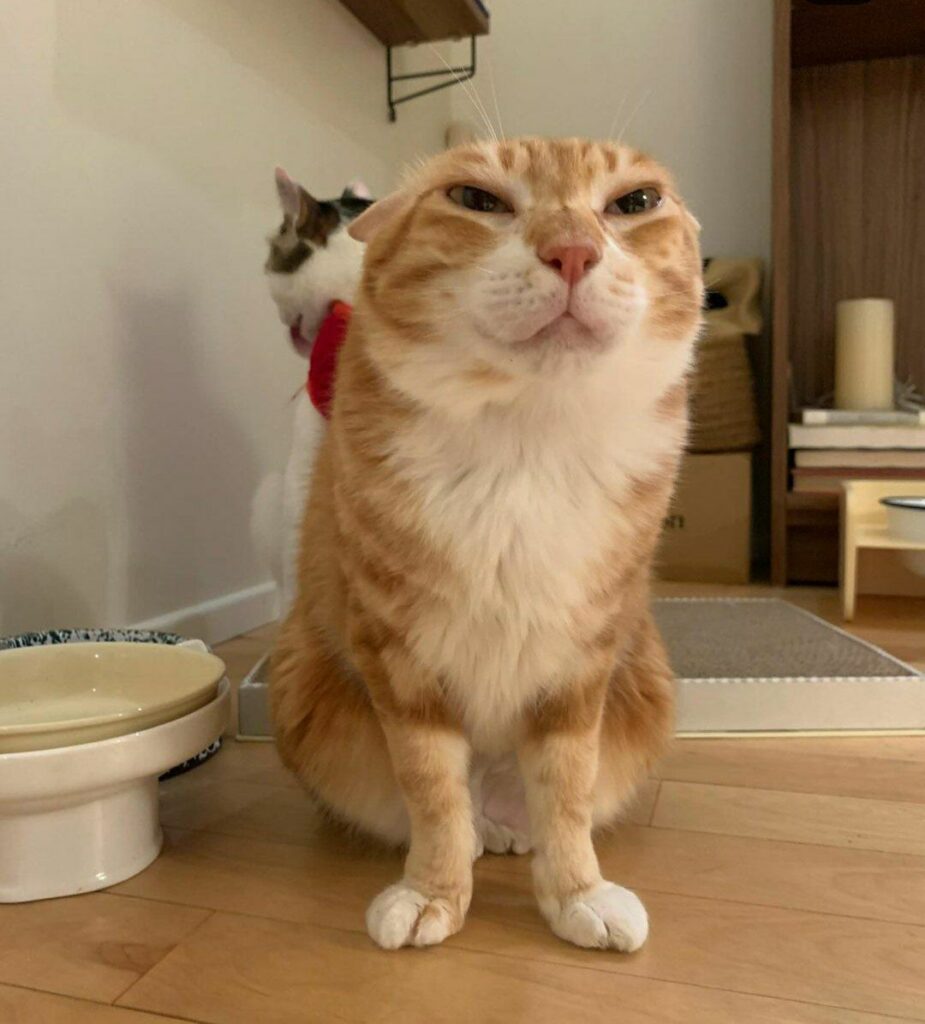
there’s no one-size-fits-all answer to portion size for cats. It’s a balancing act between the calories they consume and the energy they expend. Here’s how to find the sweet spot for your feline friend:
Following the Food Label:
- Starting Point: Begin by following the feeding recommendations on your chosen cat food packaging. These guidelines consider a cat’s age and weight and provide a baseline for portion control.
Considering Individual Needs:
- Activity Level: Highly active cats like Siamese or Bengals burn more calories and might require slightly larger portions compared to less active breeds.
- Sterilization: Spaying or neutering can affect a cat’s metabolism, reducing their calorie needs. You might need to adjust portions downward after these procedures.
- Body Condition: Regularly feel your cat’s ribs. You should be able to feel them with a slight fat covering. If the ribs are difficult to feel, it might be a sign of overfeeding. Conversely, if the ribs feel very prominent, your cat might be underfed.
- Weight: Monitor your cat’s weight regularly. If they’re gaining weight, portion sizes might need to be reduced. Consult your veterinarian for personalized guidance.
Consulting Your Veterinarian:
- Expert Advice: Veterinarians have extensive knowledge of feline nutrition. Discuss your cat’s specific needs with them. They can consider all factors like breed, age, activity level, and health status to recommend a personalized feeding plan and portion sizes.
Remember:
Healthy weight management is about achieving a balance between calorie intake and energy expenditure. By following these tips and consulting your veterinarian, you can determine the correct portion size for your cat, keeping them happy, healthy, and at a trim weight.
How Much Does a Kitten Need To Eat?
Kittens have specific dietary needs during their growth phase. Here’s a breakdown of how much a kitten typically needs to eat:
Fueling Rapid Growth:
- High Calorie Needs: Kittens grow rapidly in their early weeks, doubling their weight. This rapid development requires more calories and energy than adult cats.
- Specialized Food: Kittens require specially formulated kitten food that meets their specific nutritional needs for growth and development. This food is typically higher in protein and fat than adult cat food.
Feeding Frequency:
- Natural Grazers: Like cats, kittens are natural grazers, preferring to eat small amounts throughout the day rather than large meals.
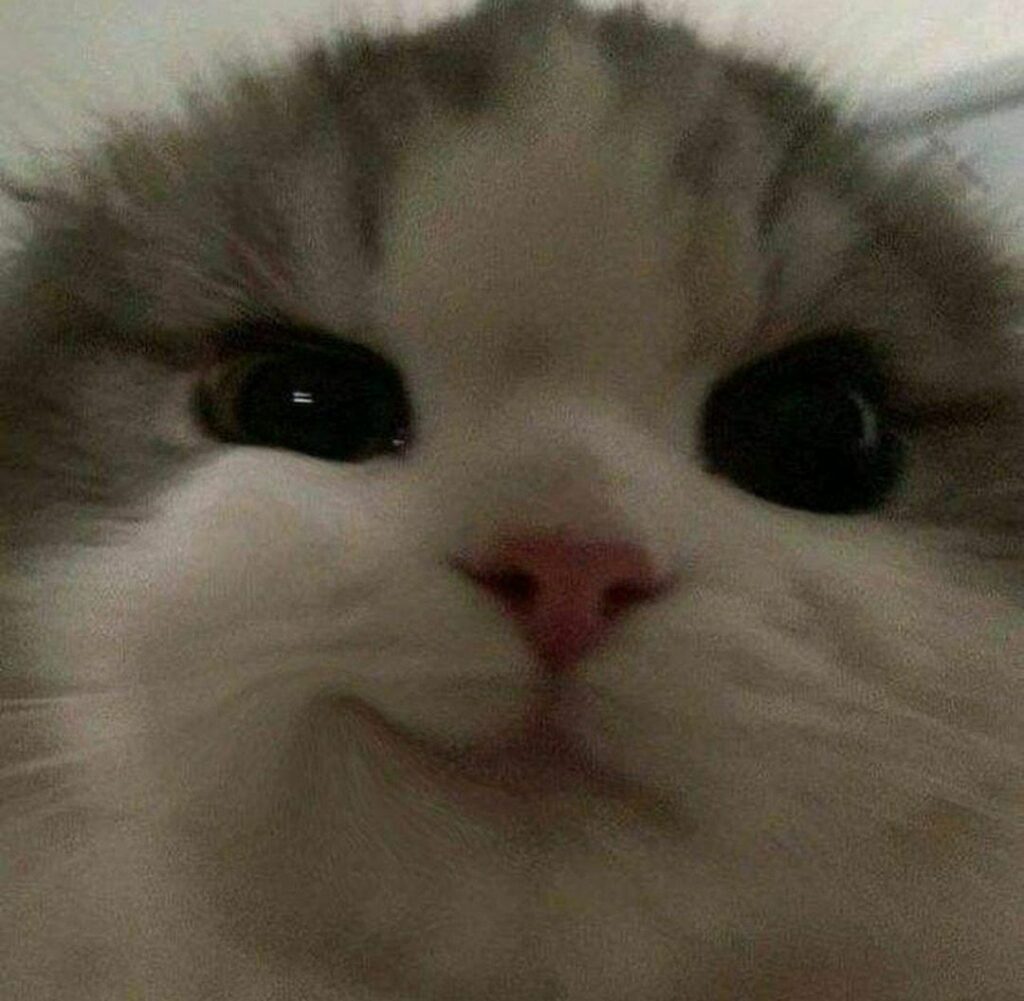
Portion Control Methods:
- Measured Meals: There are two main approaches to portion control for kittens:
- Divided Meals: Divide the recommended daily food intake into several small meals throughout the day. This mimics natural grazing behavior and prevents overeating.
- Self-Regulation: Leave out the entire recommended daily portion and allow your kitten to eat throughout the day. This method works best for kittens who are good at self-regulating their intake. However, it requires close monitoring to ensure they aren’t under or overeating.
- Digital Food Scale: Regardless of the chosen feeding method, using a digital food scale to weigh out precise portions is highly recommended. This ensures your kitten receives the exact amount of food they need.
Other Important Considerations:
- Fresh Water: Ensure your kitten has access to fresh, clean water at all times. Hydration is essential for their health and development.
- Quiet Eating Space: Provide a quiet, designated space for your kitten to eat away from distractions. This helps them feel secure and comfortable during mealtimes.
Consulting Your Veterinarian:
While these guidelines provide a general framework, it’s always best to consult your veterinarian for personalized advice on feeding your kitten. They can consider your kitten’s breed, weight, activity level, and any potential health concerns to determine the most appropriate feeding plan and portion sizes.
How a Cat's Eating Habits Impact Their Portion Sizes
A cat’s eating habits significantly impact their portion sizes. Here’s a deeper dive into how these factors are connected:
Grazing vs. Gobbling:
- Natural Behavior: Unlike humans or dogs who tend to eat larger meals at specific times, cats are natural grazers. They prefer to eat small amounts throughout the day.
- Portion Control: Understanding this grazing behavior is crucial for portion control. Leaving out a large bowl of food all day can lead to overeating.
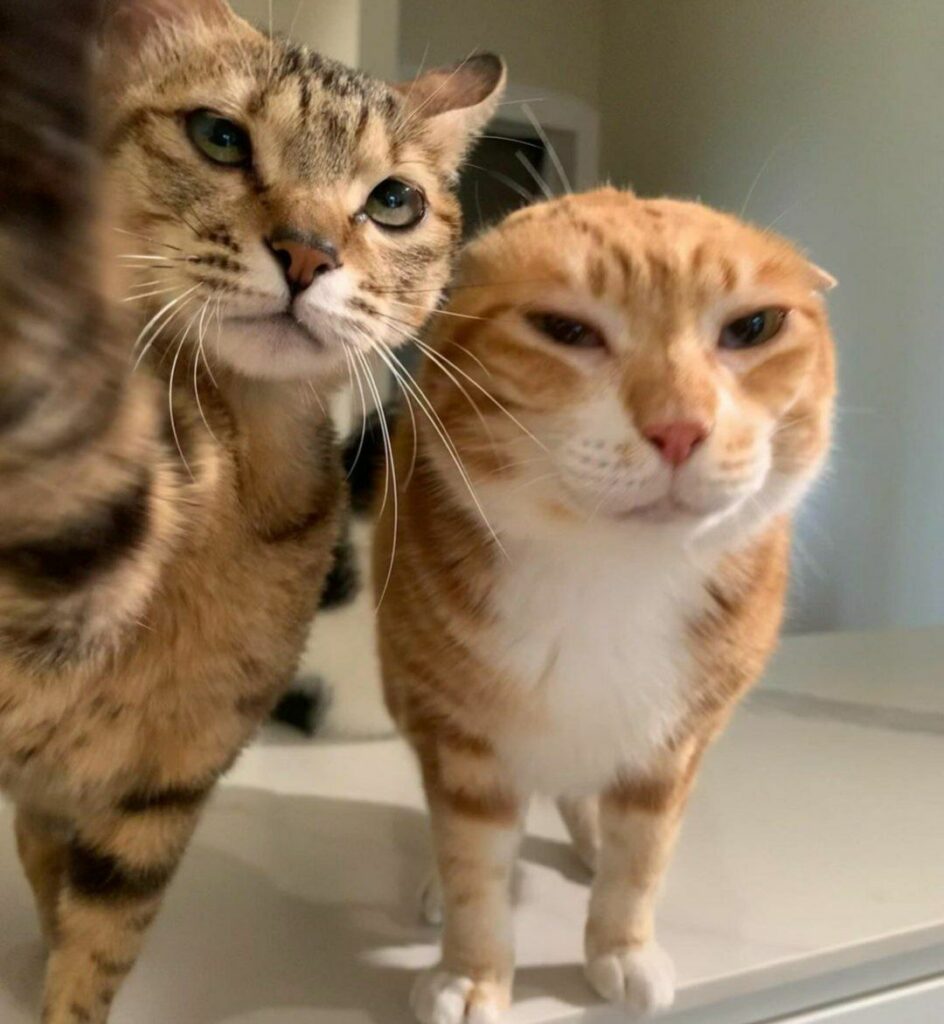
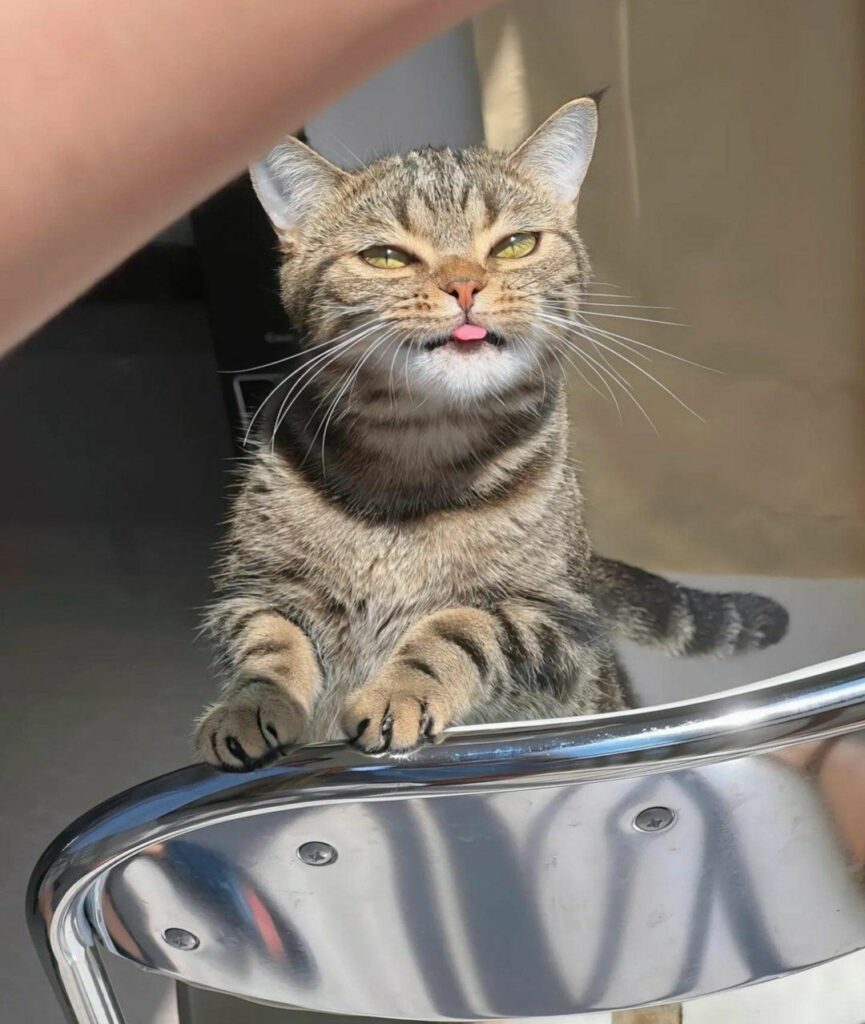
Matching Portions to Habits:
- Measured Meals: Divide the recommended daily food intake into several small meals. This caters to their natural grazing behavior and prevents overconsumption.
- Self-Regulation: If your cat self-regulates their intake well, you can leave out the entire daily portion. However, monitor them closely to ensure they’re not eating excessively.
Activity Level and Metabolism:
- Energy Needs: A highly active cat like a Siamese will burn more calories than a laid-back Persian. Portion sizes might need to be adjusted accordingly.
- Metabolic Rate: Spaying or neutering can affect a cat’s metabolism, reducing their calorie needs. You might need to adjust portions downward after these procedures.
Feeding Enrichment:
- Puzzle Feeders: These food-dispensing toys slow down eating times, mimicking the natural hunting behavior of cats. This not only provides mental stimulation but also helps with portion control.
Conclusion:
By understanding your cat’s natural eating habits, activity level, and metabolism, you can determine the appropriate portion sizes. Remember, consulting your veterinarian is crucial for creating a personalized feeding plan that keeps your feline friend happy, healthy, and at a healthy weight.
Why Is My Cat Begging?
There are a few reasons why your cat might be begging for food, and it’s not always because they’re hungry! Here’s a breakdown of the possibilities:
Not Always About Hunger:
- Habit: If you’ve rewarded your cat with scraps or table food in the past, they might meow or beg out of habit, hoping for a similar result.
- Attention-Seeking: Cats are intelligent creatures and have learned that begging can be an effective way to get your attention.
- Boredom: A bored cat might meow or beg for entertainment, not necessarily food.
Ruling Out Medical Causes:
- Continuous Begging: If your cat’s begging is persistent and unlike their usual behavior, it could indicate an underlying medical condition.
- Parasites: Worm infestations can cause increased appetite and weight loss, leading to constant begging despite eating.
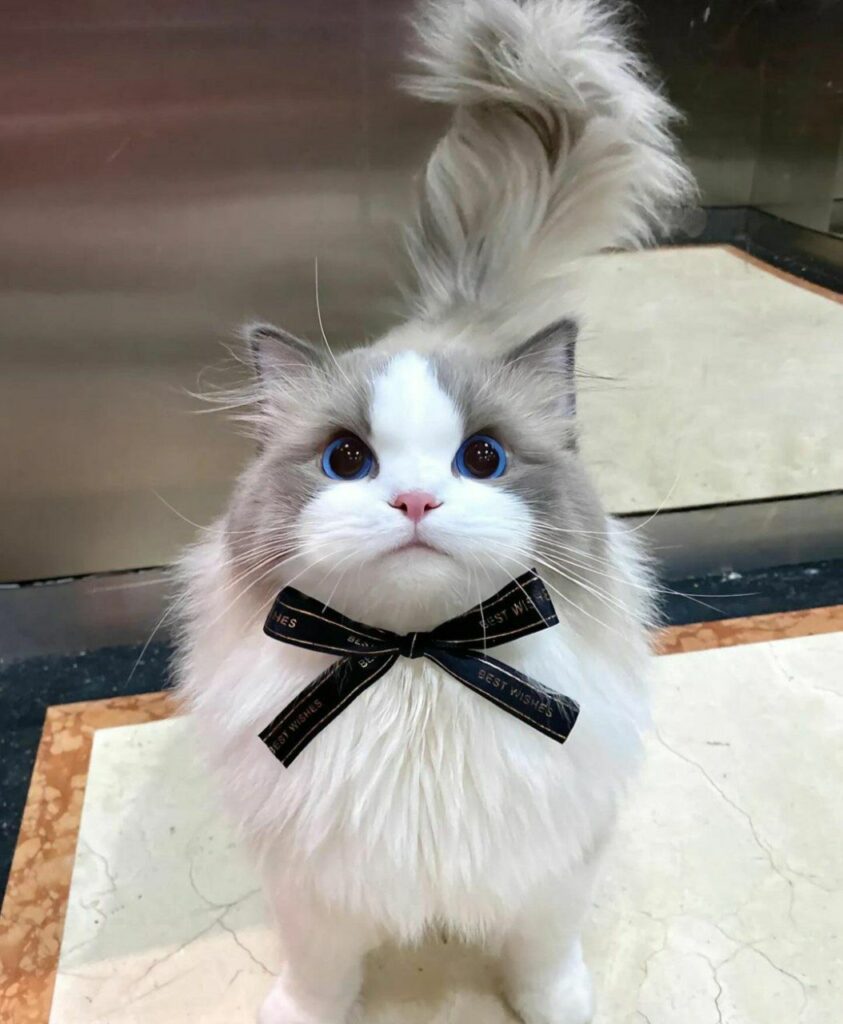
- Other Conditions: Certain illnesses like diabetes or hyperthyroidism can also affect a cat’s appetite and begging behavior.
What to Do:
- Consult Your Veterinarian: If your cat’s begging is persistent or accompanied by other symptoms like weight loss or vomiting, schedule a checkup with your veterinarian. They can rule out any medical causes and offer guidance.
- Resist the Pleading: Giving in to your cat’s begging reinforces the behavior. Stick to their regular feeding schedule and resist offering scraps or table food.
- Provide Enrichment: If boredom is the culprit, engage your cat with playtime, interactive toys, or puzzle feeders. This provides mental stimulation and reduces focus on begging.
Remember:
Understanding the reason behind your cat’s begging is key to addressing it effectively. By considering their habits, potential boredom, and ruling out medical causes, you can find a solution that keeps your feline friend happy and healthy.
- Other Conditions: Certain illnesses like diabetes or hyperthyroidism can also affect a cat’s appetite and begging behavior.
What to Do:
- Consult Your Veterinarian: If your cat’s begging is persistent or accompanied by other symptoms like weight loss or vomiting, schedule a checkup with your veterinarian. They can rule out any medical causes and offer guidance.
- Resist the Pleading: Giving in to your cat’s begging reinforces the behavior. Stick to their regular feeding schedule and resist offering scraps or table food.
- Provide Enrichment: If boredom is the culprit, engage your cat with playtime, interactive toys, or puzzle feeders. This provides mental stimulation and reduces focus on begging.
Remember:
Understanding the reason behind your cat’s begging is key to addressing it effectively. By considering their habits, potential boredom, and ruling out medical causes, you can find a solution that keeps your feline friend happy and healthy.
Tips For Maintaining The Correct Portions For Your Cat
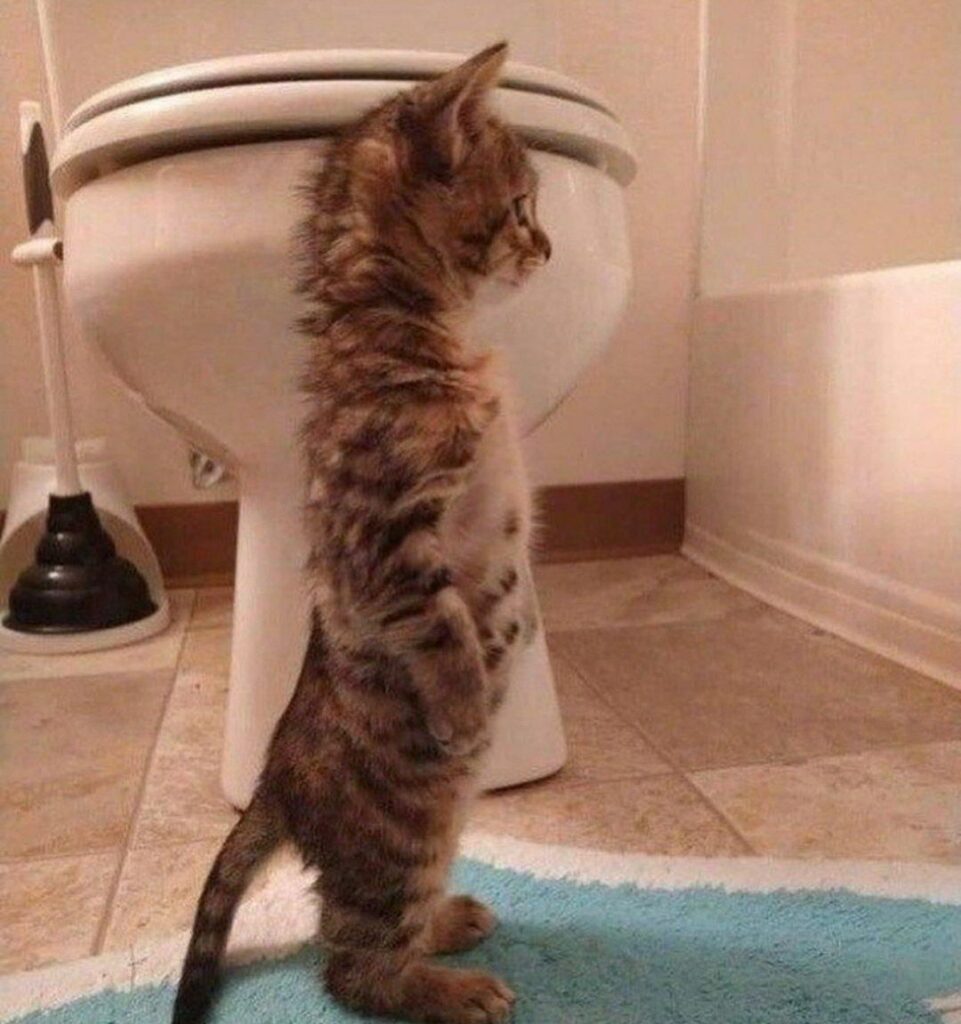
Maintaining healthy portion sizes for your cat is crucial for their well-being. Here are some key takeaways to keep your feline friend trim and happy:
Multiple Meals: Cats are natural grazers, so split their daily food allowance into smaller, more frequent meals throughout the day. This mimics their natural eating habits and prevents overconsumption.
Portion Measurement: For dry food, use measuring cups or, ideally, digital scales to ensure accurate portion sizes. Leave the measured amount out for them to graze on throughout their designated mealtimes.
Resist Topping Up: Avoid the urge to refill your cat’s bowl if they finish their food before the next mealtime. This can lead to overfeeding. Trust that the measured portion is sufficient.
No Human Food: Our food is often too rich for cats and can disrupt their balanced diet. Avoid giving them scraps or table food, as these extra calories can contribute to weight gain.
Treats in Moderation: Limit treats to no more than 10% of your cat’s daily calorie intake. Using a few kibbles from their measured portion as treats is a healthy way to manage calories and provide a reward.
Additional Tips:
- Monitor Body Condition: Regularly feel your cat’s ribs. You should be able to feel them with a slight fat covering. If the ribs are difficult to feel, it might be a sign of overfeeding.
- Consult Your Veterinarian: Discuss your cat’s feeding plan with your veterinarian. They can consider your cat’s breed, age, activity level, and health status to recommend a personalized feeding plan and portion sizes.
By following these tips and being mindful of portion control, you can help your cat maintain a healthy weight and live a long, happy life!
Healthy Growth Lasts a Lifetime
The saying “healthy growth lasts a lifetime” perfectly captures the importance of establishing healthy habits early on, not just for kittens but for cats of all ages. Here’s why:
Prevention is Key:
- Weight Management: Just like humans, cats are susceptible to weight gain if they consume more calories than they burn. Instilling healthy habits from the kitten stage helps prevent weight-related issues later in life, such as diabetes and joint problems.
- Lifestyle Choices: Early establishment of a balanced diet, portion control, and regular exercise sets the foundation for a healthy lifestyle that your cat can carry throughout their life.
.
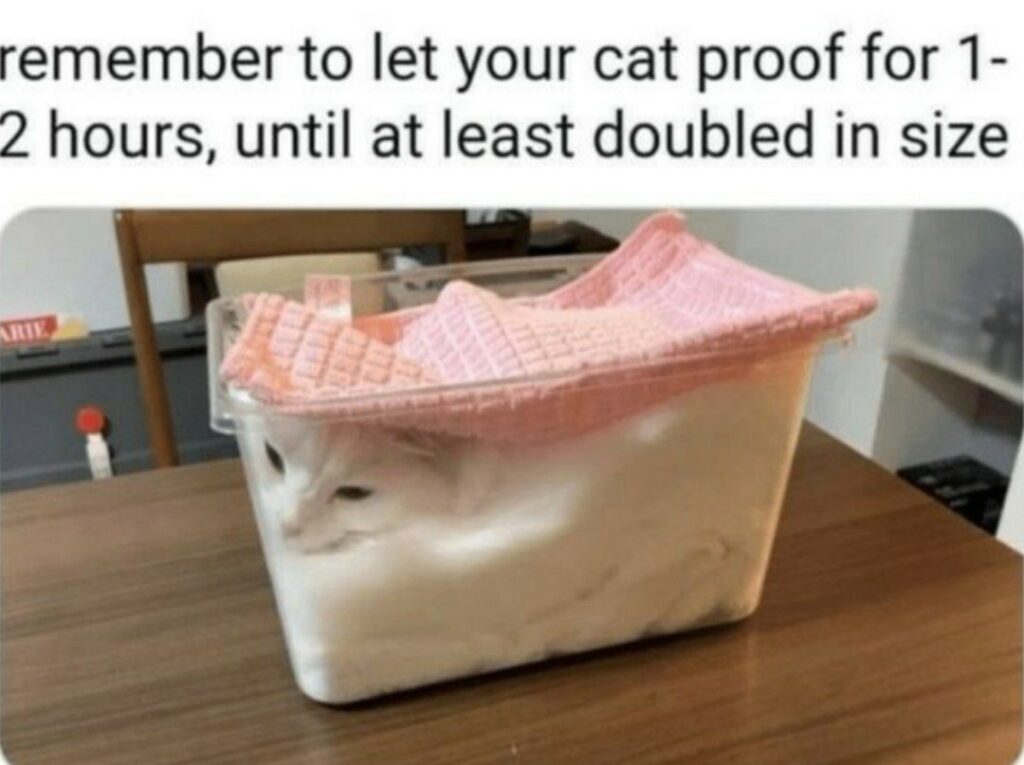
Building a Foundation for Health:
- Nutritional Needs: Kittens have specific dietary needs for proper growth and development. A veterinarian-approved kitten food provides the essential nutrients they need for healthy bones, muscles, and organ function. Continuing a balanced diet throughout their life ensures they receive the necessary nutrients for optimal health.
- Exercise Habits: Kittens are naturally playful and energetic. Encouraging playtime and providing stimulating activities during their formative months helps establish exercise as a normal part of their routine. This makes it easier to maintain an active lifestyle as they mature.
Long-Term Benefits:
- Healthy Weight: Maintaining a healthy weight throughout their life reduces the risk of various health problems associated with obesity.
- Active Lifestyle: Regular exercise promotes good muscle tone, joint health, and overall well-being. An active cat is likely to be a happier cat.
- Fewer Vet Visits: A healthy lifestyle with proper diet and exercise can help prevent preventable health issues, reducing the need for frequent vet visits.
Starting Early – Setting the Stage for a Healthy Life
By prioritizing healthy habits like balanced nutrition, portion control, and regular exercise from a young age, you’re setting your cat up for a lifetime of well-being. This proactive approach not only improves their quality of life but also strengthens the bond you share with your feline companion. Remember, consulting your veterinarian throughout your cat’s life is essential for tailored guidance and ensuring their health needs are met at every stage
My Kitten's Development Stages
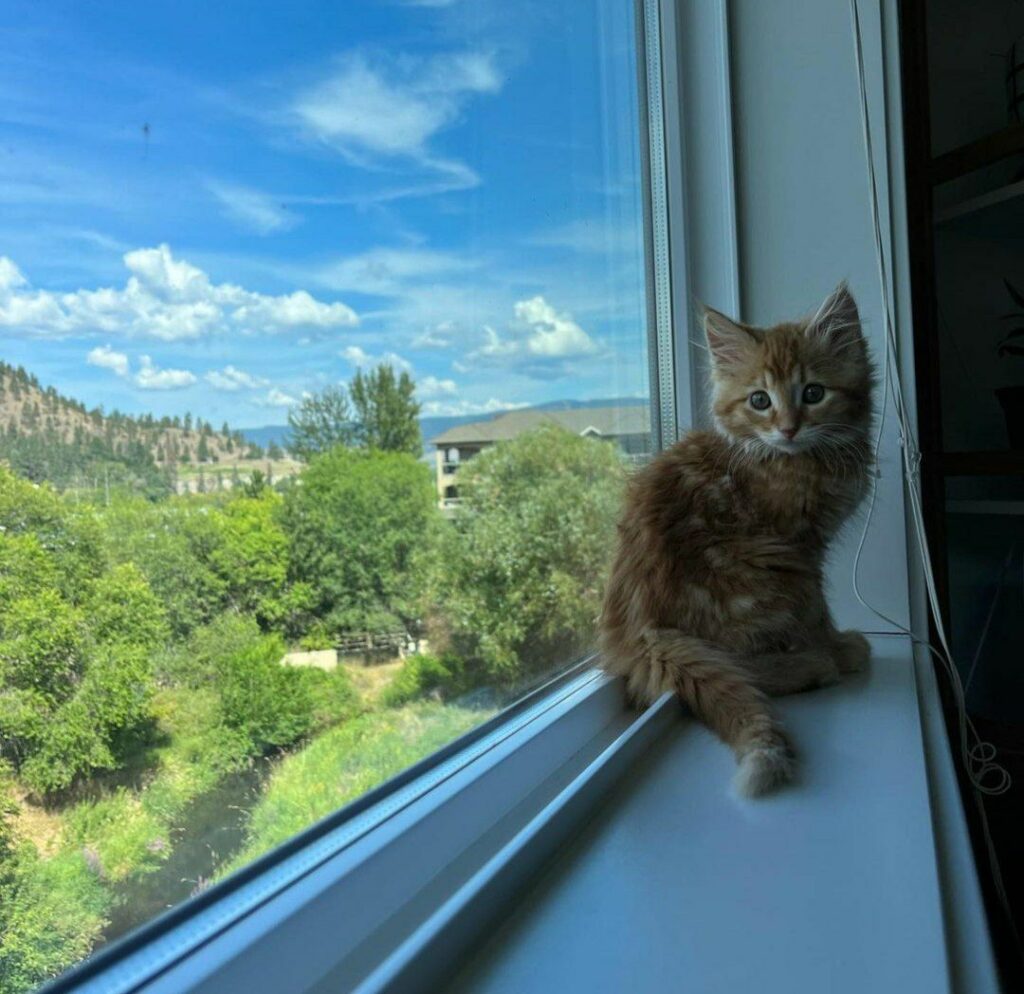
Kittens go through a fascinating transformation during their first year. Here’s a more detailed breakdown of their developmental stages:
The Early Weeks (0-4 weeks):
- Fragile Beginnings: Newborn kittens are incredibly tiny and vulnerable. They’re blind, deaf, and unable to walk or regulate their body temperature.
- Reliance on Mom: Kittens rely solely on their mother’s milk for nourishment and warmth during this stage. They use their sense of smell to find their mother and nurse.
- Rapid Growth: Despite their limitations, kittens experience rapid physical development during this time.
The Exploration Stage (4-8 weeks):
- Sensory Awakening: Eyes and ears open around 4 weeks, allowing kittens to explore their surroundings.
- First Steps: Kittens develop wobbly walking skills around 4-5 weeks and become increasingly mobile.
- Learning to Play: Playful behaviors emerge as kittens interact with their littermates, practicing hunting and social skills.
- Introducing Solid Food: Kittens can be introduced to wet food around 4-5 weeks in preparation for weaning.
Weaning and Independence (8-12 weeks):
- Weaning Transition: Mother cats typically wean their kittens around 8 weeks old. Kittens gradually transition to solid food.
- Ready for Adoption: By 8-12 weeks, kittens are generally fully weaned, socialized with their littermates, and ready for their forever homes.
- Continued Development: Even after adoption, kittens continue to grow and develop physically and mentally throughout their first year.
Kitten to Cat (12 months and beyond):
- Reaching Adulthood: By 12 months, most kittens are considered adults. However, some larger breeds may continue to grow for up to 18 months.
- Monitoring Body Shape: Regularly checking your kitten’s body condition (feeling their ribs) helps ensure they’re maintaining a healthy weight throughout their growth stages.
- Veterinarian Checkups: Schedule regular checkups with your veterinarian to monitor growth, address any concerns, and ensure your kitten receives proper vaccinations and parasite prevention.
Remember:
Understanding these developmental stages helps you care for your kitten appropriately at every step. If you have any concerns about your kitten’s growth or health, don’t hesitate to consult your veterinarian. They can provide personalized guidance and ensure your feline friend thrives throughout their kittenhood and beyond.
A Kitten's Different Needs At Each Stage
Early Weeks (0-8 weeks):
- Nutrition: Kittens rely solely on their mother’s milk for all their nutritional needs during this time. Milk provides essential nutrients for growth and development.
- Weaning Transition: Around 4 weeks, you can introduce specially formulated kitten food to prepare them for weaning, which typically occurs around 8 weeks old.
Rapid Growth Stage (Up to 4 months):
- High Energy Needs: Kittens experience a period of intense growth, requiring almost three times more energy than adult cats.
- Diet: Kitten food should be energy-dense, rich in protein, and highly digestible to support their rapid development.
- Hydration: Constant access to clean, fresh water is essential for proper hydration, especially with increased food intake.
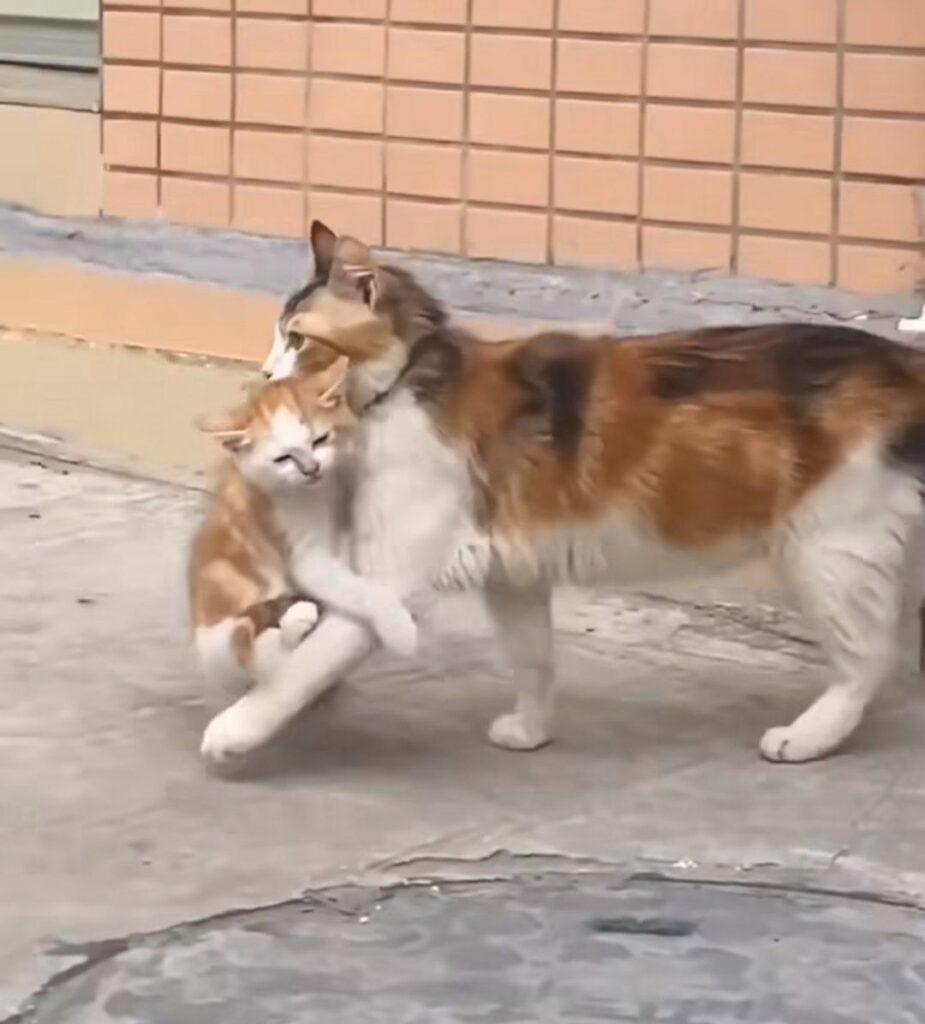
Active Kitten Stage (4-12 months):
- Slower Growth, Higher Activity: Growth rate slows down, but activity levels increase significantly as kittens become more playful and explore their surroundings.
- Nutritional Requirements: The diet needs to reflect their increased activity levels. Provide several small meals throughout the day to meet their energy demands.
Spaying/Neutering (Before 6 months):
- Behavioral and Health Benefits: Spaying or neutering before 6 months offers health benefits and helps prevent unwanted litters.
- Calorie Needs Adjustment: Spaying/neutering reduces a kitten’s energy needs by 30%, while their appetite might increase due to hormonal changes.
- Portion Control: Adjust portion sizes after spaying/neutering to prevent weight gain due to reduced calorie requirements.
Transition to Adult Cat (Around 12 months):
- Maturity and Diet Change: By 12 months, kittens reach adulthood and can transition to a diet formulated for adult cats, which typically has lower calorie content compared to kitten food.
Veterinarian’s Role:
- Regular Checkups: Schedule regular checkups with your veterinarian throughout your kitten’s growth stages to monitor development, address any concerns, and ensure proper vaccinations and parasite prevention.
- Nutritional Guidance: Consult your veterinarian for personalized advice on choosing the right food and portion sizes for your kitten at each stage of development.
By understanding these changing needs and consulting your veterinarian, you can provide your kitten with the optimal nutrition and care they need to thrive throughout their first year and beyond.
A Healthy Weight Starts With Healthy Habits
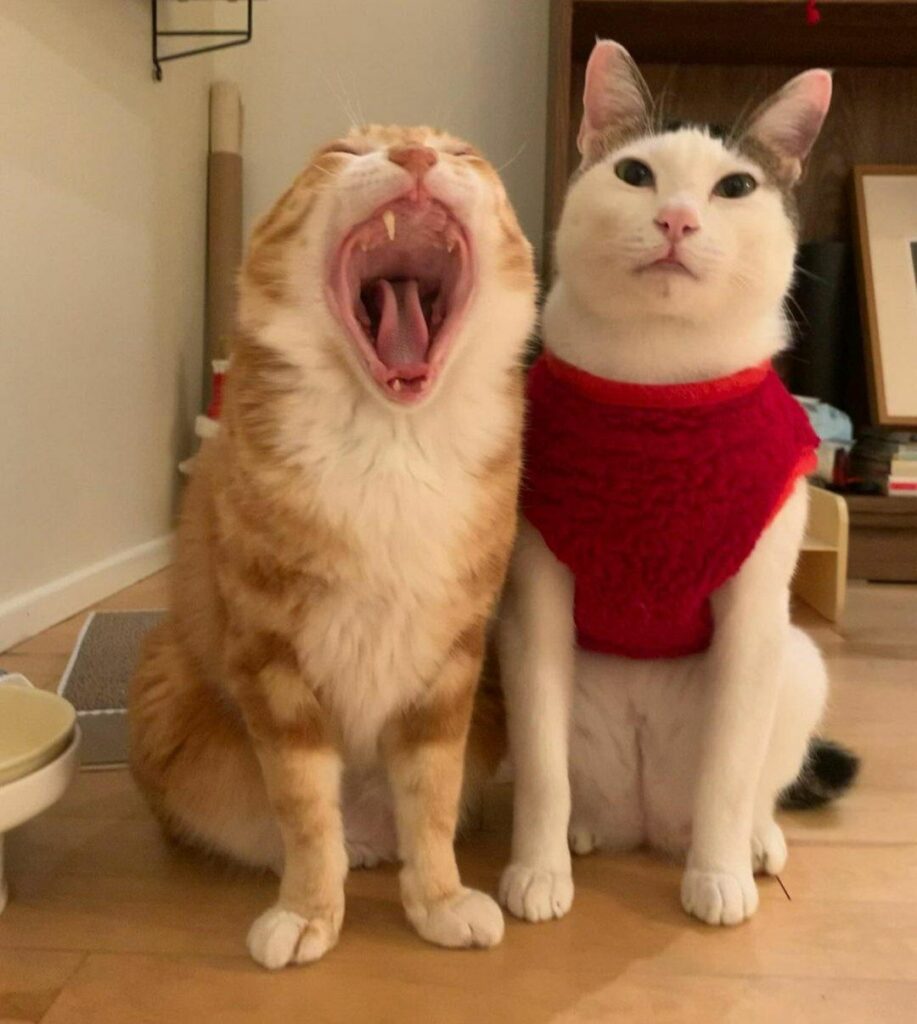
Instilling healthy habits from the start is crucial for maintaining a healthy weight in your kitten and throughout their life. Here’s a deeper dive into how these habits contribute to their well-being:
Portion Control is Key:
- Calorie Management: Overconsumption of calories can lead to weight gain and potential health problems later in life.
- Multiple Meals: Kittens are natural grazers, so dividing their daily food allowance into smaller, more frequent meals caters to their natural eating habits and prevents overeating.
- Measured Portions: Always measure out your kitten’s daily food intake using measuring cups or digital scales for accuracy. Divide this portion into their designated meals.
Exercise for a Healthy Lifestyle:
- Natural Playfulness: Kittens are naturally energetic and love to play. Short bursts of intense activity like chasing toys or climbing structures fulfill their exercise needs.
- Benefits of Play: Regular playtime not only burns calories and promotes healthy weight management but also strengthens muscles, improves coordination, and provides mental stimulation.
- Establishing Routine: Schedule playtime sessions throughout the day to encourage exercise and make it a regular part of their routine.
Long-Term Benefits:
- Weight Management: Healthy habits formed during kittenhood translate into a healthy weight throughout their adult life. This reduces the risk of obesity-related health problems like diabetes and joint issues.
- Active Lifestyle: Early exposure to engaging activities helps establish a love for exercise that they can carry into adulthood. An active cat is likely to be a happier and healthier cat.
- Strong Bond: Playing with your kitten strengthens the bond you share and provides valuable one-on-one time.
Remember:
By prioritizing healthy portion control, regular exercise, and establishing these routines from a young age, you’re setting your kitten up for a lifetime of health and happiness. Consulting your veterinarian is vital for personalized guidance on nutrition, exercise needs, and ensuring your kitten thrives at every stage of development.
Speak To Your Veterinarian
A veterinarian plays a vital role in your kitten’s health and well-being throughout their life. Here’s why consulting your vet is essential:
Understanding Growth Stages:
- Changing Needs: Kittens’ needs evolve as they grow. Your veterinarian can guide you on nutrition, portion control, and exercise requirements at each developmental stage.
Regular Checkups:
- Preventive Care: Schedule regular checkups for vaccinations, parasite prevention, and overall health assessments. Early detection of any potential issues is crucial.
- Addressing Concerns: If you have any questions or concerns about your kitten’s health, growth, or behavior, your veterinarian is there to provide expert advice.
Diet and Weight Management:
- Personalized Guidance: Your veterinarian can recommend the most appropriate food type and portion sizes based on your kitten’s breed, age, activity level, and any specific health needs.
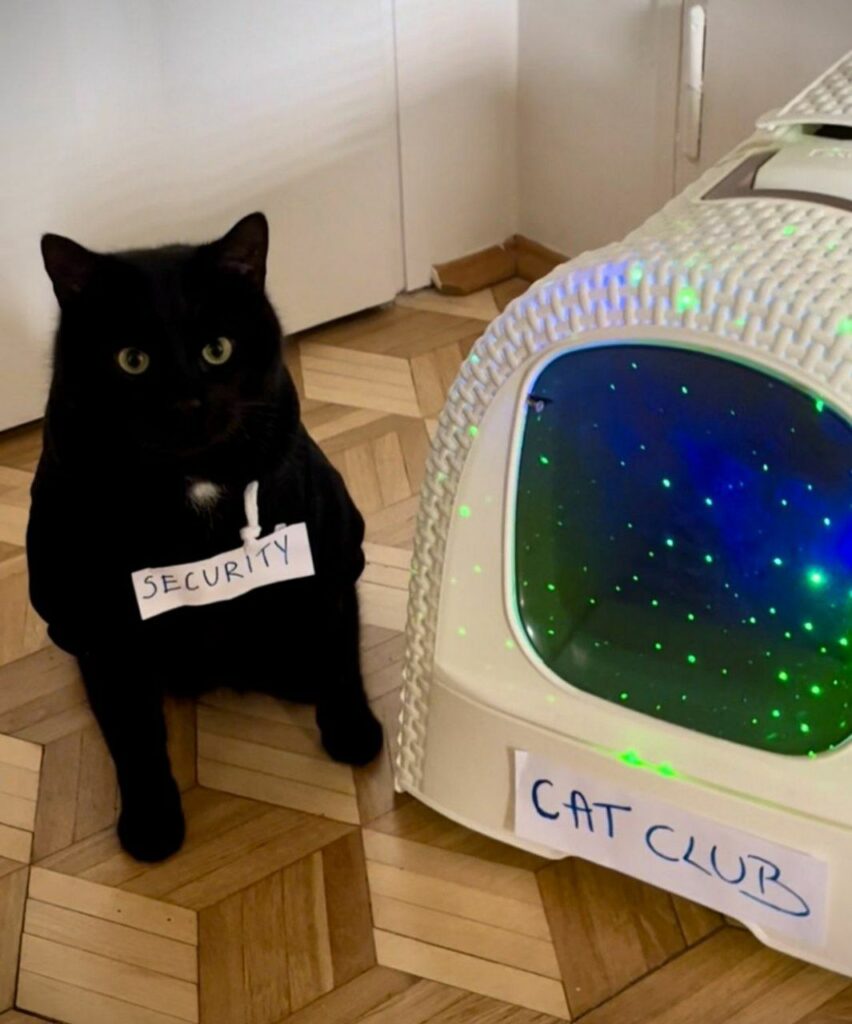
- Weight Monitoring: Regular weight checks help ensure your kitten maintains a healthy weight. Your veterinarian can advise on adjustments to diet or exercise if needed.
Transitioning to Adult Care:
- Dietary Changes: Around 1 year old, kittens can transition to adult cat food. Your veterinarian can advise on the right timing and food choices for this transition.
- Ongoing Support: Veterinarians continue to play a crucial role in your cat’s health throughout their adult life, providing guidance on senior care, dental health, and any other needs that may arise.
Building a Strong Bond with Your Vet:
- Partnership for Health: Developing a trusting relationship with your veterinarian allows for open communication and ensures your kitten receives the best possible care.
- Proactive Approach: Regular checkups and preventive care are essential for a lifetime of feline health and happiness.
By consulting your veterinarian and following their expert advice, you can ensure your kitten receives the proper nutrition, exercise, and healthcare they need to blossom into a healthy and happy adult cat.

